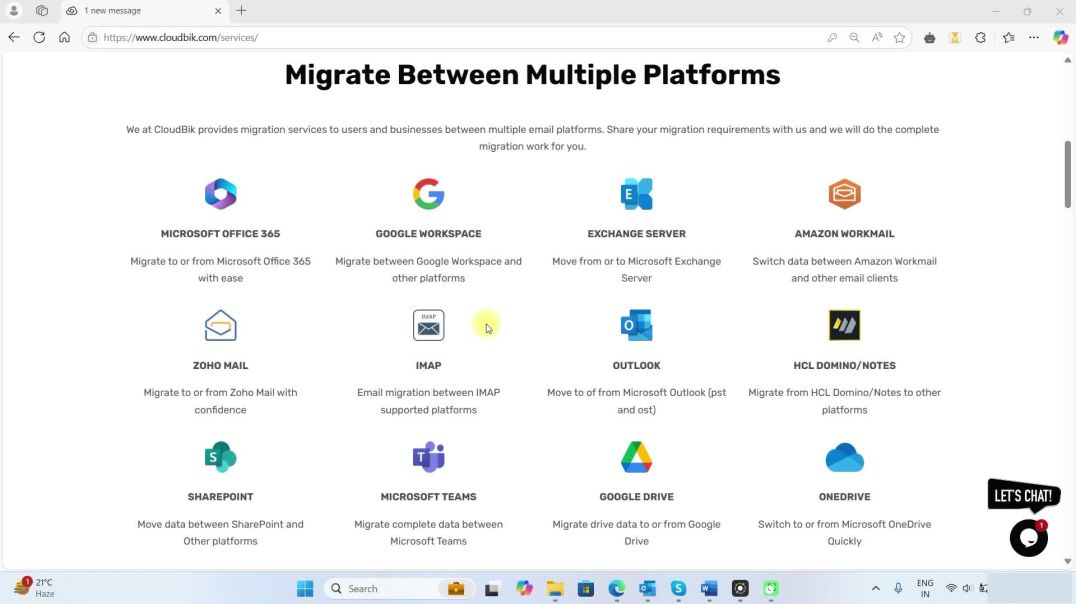Australia’s political landscape has long been dominated by the two-party system, primarily led by the Australian Labor Party and the Liberal-National Coalition. This duopoly has traditionally provided stability, but increasing voter dissatisfaction and a fragmented political landscape raise questions about its sustainability. In this analysis, we explore whether the two-party system in Australia is on the verge of collapse, examining economic factors, political trends, and potential outcomes.
Political Discontent and Fragmentation
In recent years, voter dissatisfaction with the major parties has surged, driven by perceptions of unfulfilled promises and a lack of representation of diverse interests. According to the Australian Election Study, only 40% of Australians reported a strong attachment to one of the major parties in 2019, down from 51% in 1996. This shift has paved the way for minor parties and independents to gain traction, as seen in the 2022 federal election where the Australian Greens and independents secured a significant portion of the vote.
Case Study: Rise of the Independents
The 2022 election marked a significant increase in independent candidates' success, particularly in urban electorates. An example is the election of Zali Steggall in Warringah, who unseated Tony Abbott, a former Prime Minister, by focusing on climate change and local issues. Steggall's victory underscores a growing trend of voters seeking representatives who prioritize community-specific concerns over party allegiance.
Economic Factors Influencing Political Shifts
Economic challenges, including wage stagnation and housing affordability, are exacerbating public discontent. The Reserve Bank of Australia (RBA) has noted that real household incomes remain below pre-pandemic levels, intensifying calls for economic reform. This environment has empowered parties like the Greens, who advocate for comprehensive economic policies focusing on sustainability and social equity.
Furthermore, the economic policies of the major parties have faced scrutiny. For instance, the 2022 budget faced criticism for its perceived inadequacy in addressing cost-of-living pressures, leading to a decline in public trust. This dissatisfaction is reflected in voting patterns, with a shift towards parties promising radical economic change.
Pros and Cons of a Collapsing Two-Party System
Pros:
- Diverse Representation: A multi-party system can lead to more diverse political representation, catering to a broader spectrum of public interests.
- Policy Innovation: Minor parties often introduce innovative policies, pushing major parties to adapt and evolve.
- Increased Voter Engagement: As more parties enter the fray, voters may feel their voices are better represented, leading to higher political engagement.
Cons:
- Political Instability: A fragmented political landscape can lead to coalition governments, potentially resulting in unstable leadership.
- Policy Gridlock: With more players involved, passing legislation can become challenging, leading to policy gridlock.
- Complexity for Voters: Voters may find it difficult to navigate a crowded political field, leading to confusion and disenfranchisement.
Common Myths and Mistakes
Myth: "The two-party system guarantees stability."
Reality: While traditionally stable, the two-party system can suppress emerging voices and lead to voter disengagement, as noted by political analysts at the University of Sydney.
Myth: "Minor parties cannot influence policy."
Reality: Minor parties and independents often hold the balance of power in the Senate, significantly impacting legislative outcomes.
Myth: "Voter disillusionment is a temporary trend."
Reality: Long-term data from the Australian Bureau of Statistics indicates a persistent decline in voter loyalty to major parties over the past decades.
Future Trends and Predictions
Looking ahead, the political landscape in Australia is likely to become more fragmented. By 2026, we could see a rise in coalition governments as minor parties and independents continue to gain ground. In this scenario, policy-making may become more collaborative, but also more complex.
Furthermore, as economic pressures mount, Australian voters may increasingly prioritize policies over party loyalty, leading to a more dynamic and unpredictable political environment. This shift could encourage innovation in policy-making, reflecting a broader range of societal needs and interests.
Conclusion
Australia's two-party system faces significant challenges as voter dissatisfaction and economic pressures intensify. While the potential collapse of this system could lead to diverse representation and policy innovation, it also poses risks of political instability and policy gridlock. As the political landscape continues to evolve, stakeholders must navigate these changes thoughtfully to ensure effective governance and representation.
In light of these developments, engaging in discussions and staying informed about political trends will be crucial for businesses and individuals alike. What strategies do you think are necessary to adapt to this changing political environment? Share your insights below!
People Also Ask
How does the two-party system impact Australian businesses?
Australian businesses often rely on the predictability of government policies, which a two-party system traditionally provides. However, increased political fragmentation may lead businesses to adapt to more dynamic regulatory environments.
What are the biggest misconceptions about Australia's political landscape?
A common misconception is that minor parties have little influence. However, they often hold the balance of power in the Senate, significantly affecting legislative outcomes.
Who benefits the most from a multi-party political system?
A multi-party system can benefit voters seeking diverse representation, minor parties aiming to influence policy, and communities with specific local needs.
Related Search Queries
- Future of Australian politics
- Impact of minor parties in Australia
- Australian political system changes
- Two-party system advantages and disadvantages
- Voter trends in Australia
































FrankMonro
2 months ago